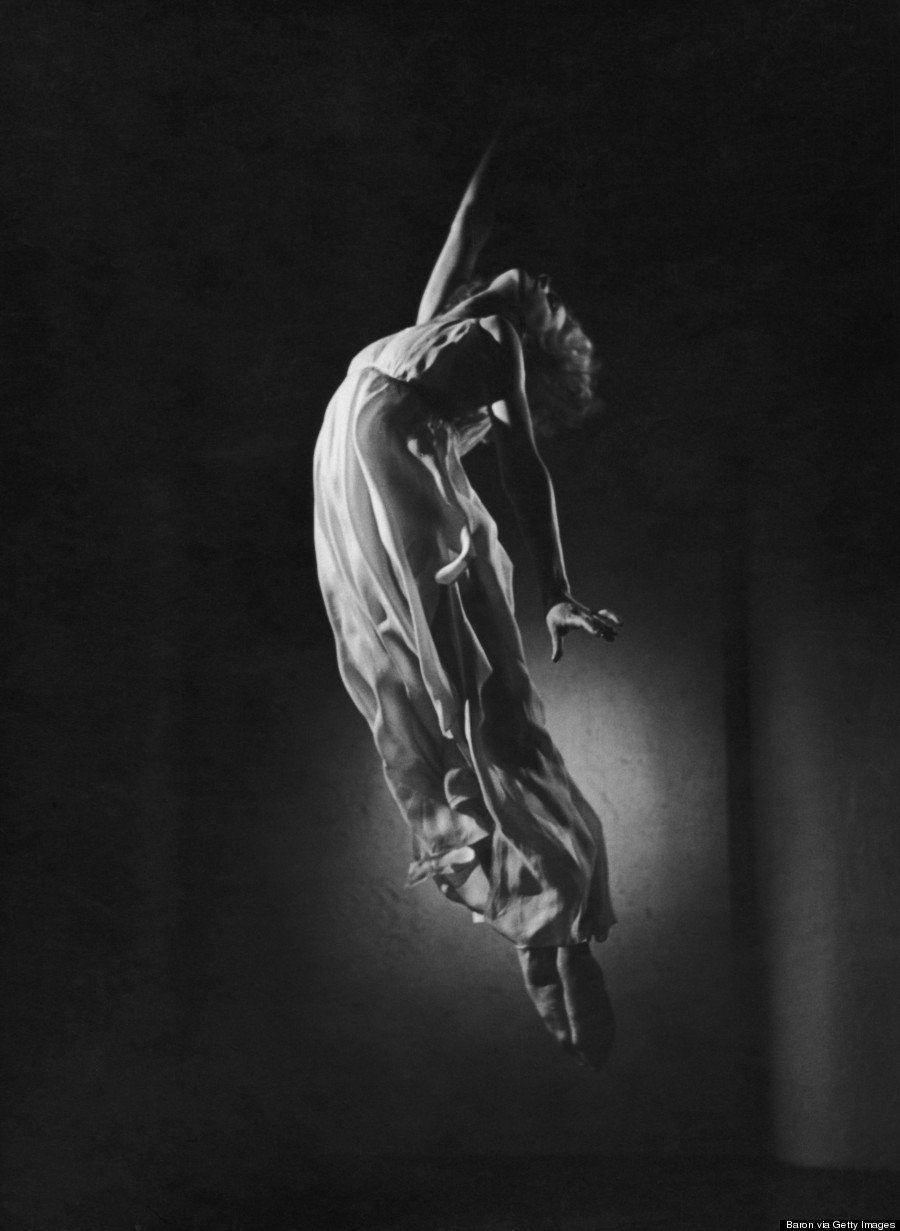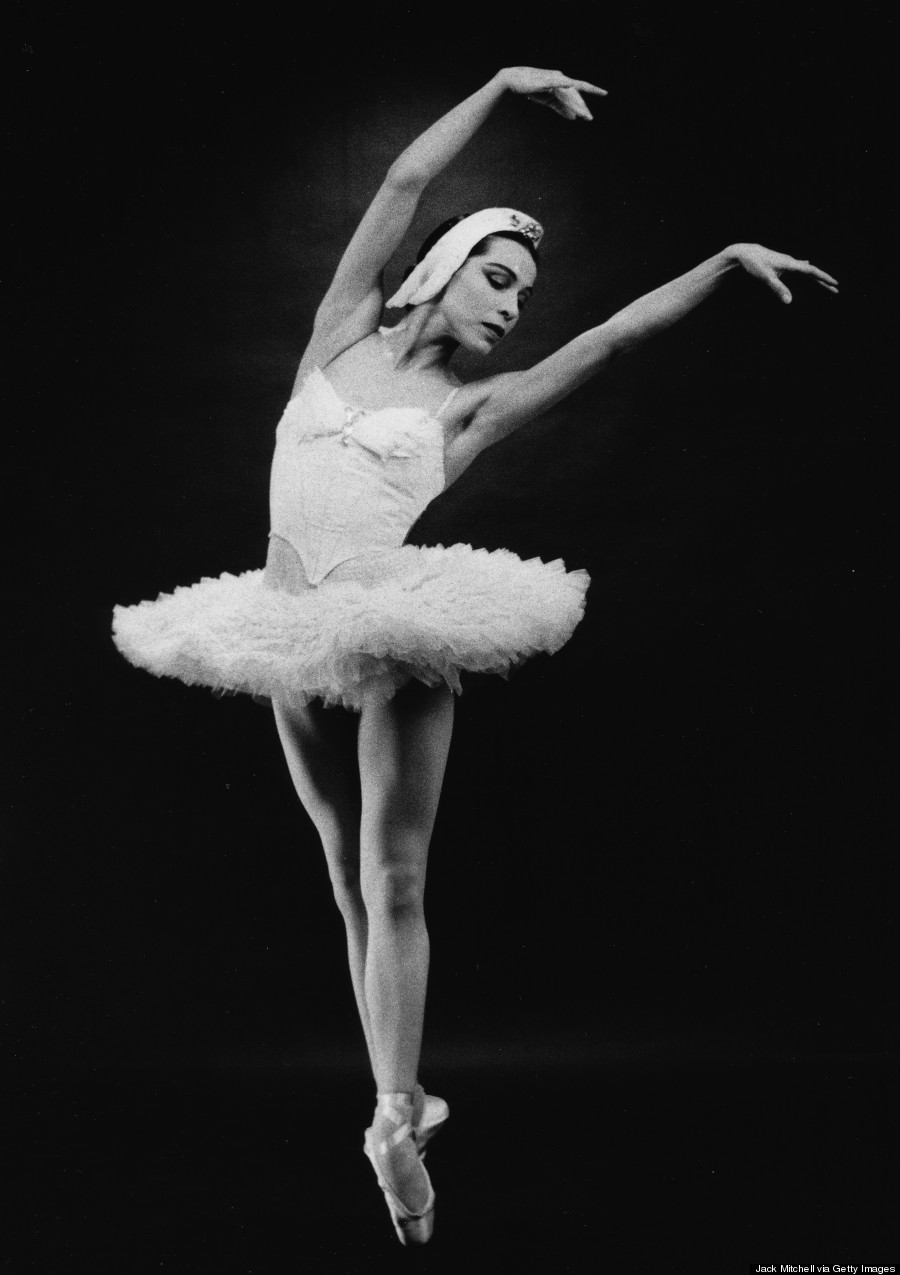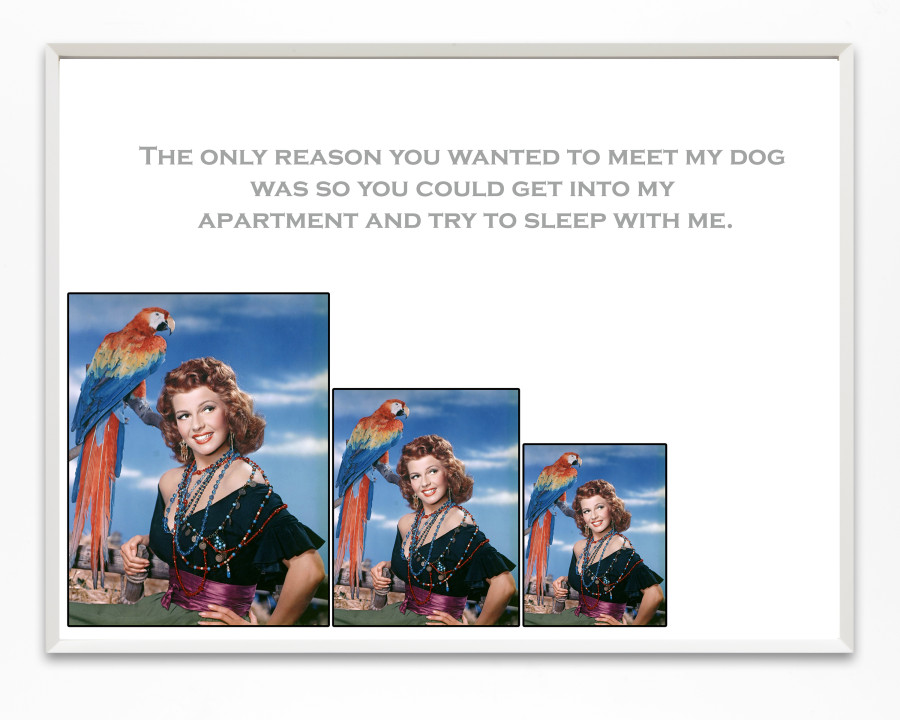Sure, they may seem a little square in the age of sexy zombies and shimmering vampires -- the black pointed hat and broomstick have a musty, traditional air -- but let’s not turn our back on the supernatural beings that made fantasy exciting to the mainstream again. From "Bewitched" to "Charmed," witches have always maintained a cozy spot in the popular imagination, but with the arrival of Harry Potter, witchcraft exploded into a genuine craze. Though the changing tides of cultural fashion have elevated other fantastical beings, leaving witches in the dust, it’s worth asking whether we’d even be enjoying this bonanza of "The Walking Dead" and "The Vampire Diaries" were it not for J.K. Rowling’s internationally beloved witches and wizards.
Witches didn’t pop up in the 20th century, of course. Their historical record, which is largely quite grim, complicates a modern image glimmering with Hogwarts feasts and Melissa Joan Hart. Witchcraft was, for centuries, considered a capital offense. Historians have noted that those accused of witchcraft were predominantly women, especially women who didn’t adhere to societal convention. Witch trials enabled persecution of these more free-minded or unconventional female figures in society, such as those who were older and unmarried. Though witch trials represented an unpredictable and mortal threat to women of the time, this very fact is indicative of the close link between the concept of witchcraft and feminine power in a patriarchal and narrow-minded world.
Appropriately, many witches from fiction have personified female strength and supremacy, even as many of them have faced decidedly hostile circumstances. Here are 11 of the most badass witches from literature, who truly epitomize woman power:

Three Witches from Macbeth by William Shakespeare
“By the pricking of my thumbs, / Something wicked this way comes,” says one of the Weird Sisters as Macbeth approaches their coven. Though they seem evil and eerie, with their potion full of “birth-strangled babe,” “eye of newt and toe of frog” -- and worse -- they sense Macbeth’s guilty heart before they even see him. The portentous incantations of the three witches have probably done more to influence modern representations of witchcraft than any other depiction; their creepy repetition of “Double, double toil and trouble; / Fire burn and cauldron bubble” sets the standard for spooky witchery.

Elphaba from Wicked: The Life and Times of the Wicked Witch of the West by Gregory Maguire
The Wicked Witch of the West finally gets to tell her own story, and while she may still seem rather wicked, she’s imbued with a complexity that allows us to admire the Wizard of Oz villain as well as deploring her. Elphaba is prickly, jealous and difficult; eventually her traumas lead her to increasingly vengeful and disturbing acts. But she’s also a person of conviction, who cares deeply about animal rights and social justice. She even belongs to a resistance movement to fight back against the Wizard’s oppressive policies. A gifted sorceress, she engineered that horde of flying monkeys you may remember. She seems like a lot more than the victim of a bucket of water once you get to know her a bit more.

Circe from The Odyssey by Homer
Circe was a bit of a predator, which is the primary connotation attached to her name in modern times. She bewitched men with her beauty and soft, nurturing demeanor, welcoming them to her home to rest and regain strength, only to curse them with sudden metamorphoses into livestock form. Only Odysseus himself, with the help of Hermes, escaped her snare. And of course, having overcome her spell, he threatened Circe with a sword until she placated him with sex... leading us to wonder if she was so unwise to turn all male comers to harmless animals. We’re not saying Circe was necessarily in the right, but hasn’t every proto-feminist felt a stab of gratification at the transformation of all those leering men into literal pigs?
_cover_art.jpg)
Strega Nona from Strega Nona by Tomie dePaola
Strega Nona’s name roughly translates to “Grandma Witch” in Italian (though author Tomie dePaola says Nona is her given name), and this modern folk tale witch has the comforting solidity of your own granny. Strega Nona uses her witchcraft to cure the ailments of the townspeople and to feed herself from an endless pasta pot. Unfortunately she also has a bumbling servant, "Big Anthony, who did not pay attention." When Big Anthony secretly uses the pasta pot to make himself dinner, only to realize he doesn’t know how to stop the ceaseless flow of pasta, he panics as the town is slowly blanketed with an endless onslaught of spaghetti. Sensible Strega Nona, when she reappears, knows exactly what to do, immediately shutting down the pasta production and teaching Big Anthony a lesson by having him eat the spoils of his unwise venture. The best kind of witch, obviously, is just like your nana, but with unlimited pasta and magical powers.

Serafina Pekkala from His Dark Materials trilogy by Philip Pullman
Philip Pullman’s classic trilogy is peopled by badasses. Witches, in Pullman’s version of reality, have their own distinct brand of badassery, embodied primarily by the ethereal yet unbreakable Serafina, queen of the Lake Enara clan in Norway. Possessed of jaw-dropping beauty, Serafina appears young but is actually hundreds of years old; her lifespan could stretch on for centuries. She feels the cold, but, knowing it can’t hurt her, she simply doesn’t allow it to bother her, preferring to keep as little between her and the vibrations of the natural world as possible. She believes fate governs her, but remains committed to living with the principles of a person of free will. And though her life will far outlast any man’s, she has fallen in love and had a child with a human, despite the pain it would cause her to see him age and die while she remained young. She’s an enigmatic figure, but her strength and integrity shine through clearly.
.jpg)
Hermione Granger from the Harry Potter series by J.K. Rowling
Okay, you all knew this was coming. In fact, no list of badass fictional witches can exist without the inclusion of Hermione Granger, by law (or at least common sense). She’s courageous. She’s kind. She’s quick-witted. She’s erudite. She’s always prepared. And of course, her spellwork is impeccable. Unlike the hapless but well-meaning or powerful but evil varieties of witch, Hermione combines all the most admirable qualities a witch could have into one mop-headed package. As much as we love wizarding darling Harry, witchy Hermione is the true star of the series, having saved all their skins and the magical community at large at least once in every book. Sure, she can be a bit of a know-it-all, even a buzzkill, but given how much smarter and more dedicated to any given task she is than pretty much anyone else around, who can blame her?

Mrs. Which from A Wrinkle in Time by Madeleine L'Engle
Mrs. Which may not be a witch per se, but she certainly has fun with the "which"/"witch" homophone. An otherworldly (literally) being with an echoing voice and abundant supernatural powers, Mrs. Which could hardly be anything so mundane as a mere earthly witch. Her true form isn’t even human, though it’s unclear what it is; at times she appears to the Murry children as no more than a disembodied light. And yet when she does take human form, when circumstances require it, she once chooses to appear as a classic witch in a pointed hat. Rather appropriate, actually, given her many powers and rather eerie presence.

Morwen from The Enchanted Forest Chronicles by Patricia C. Wrede
A passel of stereotypes go along with being a witch, as Mrs. Which well knew. Pointed hats, broomsticks, a hunched posture, a black cat familiar, tattered robes. But just as Cimorene, the independent-minded princess at the heart of the series, refused to be hemmed in by such narrow-minded expectations, Morwen, her witch friend, scoffs at convention and turns up her nose at tradition. Despite the societal expectation that she will have just one cat, a familiar, she fills her house with cats, and she’s made a potion that allows her to understand their thoughts (why doesn’t this exist in real life??). She refuses to wear a pointed hat, or to hunch over, and she prefers to keep her house neat and tidy with normal apples growing in the garden -- not the behaviors of a textbook fairytale witch. Insisting on staying true to yourself rather than conforming might be the most badass quality of all.

White Witch from The Chronicles of Narnia by C.S. Lewis
Jadis, also known as the White Witch, might have been evil down to the bone, but she got shit done. Aside from Earth, the only world she encounters in which her magical powers don’t work, Jadis manages to rise to power and eventually gain total dominion over every land in which she’s lived. When her first realm is destroyed, Jadis falls into a charmed sleep until an opportunity arises to find a new kingdom -- Narnia, which she encounters at its birth. She retreats to the north to rebuild her powers, only returning when she’s ready to conquer Narnia and cast it into an eternal winter (but never Christmas!). An army of menacing creatures enforce her laws, and she’s able to punish offenders by turning scofflaws to stone. Jadis is the epitome of the terrifyingly evil witch -- with the political savvy, charm and sorcerous powers to rise above the rest.

Witches from The Witches by Roald Dahl
It’s one thing to reimagine vampires to make them infinitely more glamorous (sparkly, say?), but Roald Dahl goes in rather the opposite direction with his subversion of the witch trope in The Witches. They’re just as evil and far more insidious than the cartoonishly green and warty variety; though they not really human, they’re able to disguise their telling traits relatively easily. They have toeless feet that they hide in pointy shoes, bald heads that they cover with wigs, and claws that they conceal with gloves -- even in the summer. Most disturbing of all, these witches work by turning children into vermin or livestock so their own family will attack them, not realizing what they’re doing. These witches aren’t admirable or endearing, but Dahl knows how to make an old horror trope viscerally frightening once again. Say what you will about the witches of The Witches -- they’re genuinely horrifying.

Agnes Nutter from Good Omens: The Nice and Accurate Prophecies of Agnes Nutter, Witch by Terry Pratchett and Neil Gaiman
Agnes puts a comical spin on the tragic figure of Cassandra, the prophetess who was cursed with the power of accurate prophecies no one believed. Good Omens charts the arrival on earth of the Antichrist, in the person of a rather ordinary young boy, and the ensuing chaos -- all of which was predicted centuries before by Agnes in a book called The Nice and Accurate Prophecies of Agnes Nutter, Witch. The book sold poorly (perhaps because of, rather than in spite of, the plodding precision and accuracy of the forecasts), and Agnes was eventually burned at the stake, a fate she herself foretold and prepared for by packing her clothes with explosives that killed her executioners along with her. Bold, caustic, and possessed of an unerring inner eye that foresaw all the boring events that would come to pass, Agnes did the entire witching profession proud.






















































































